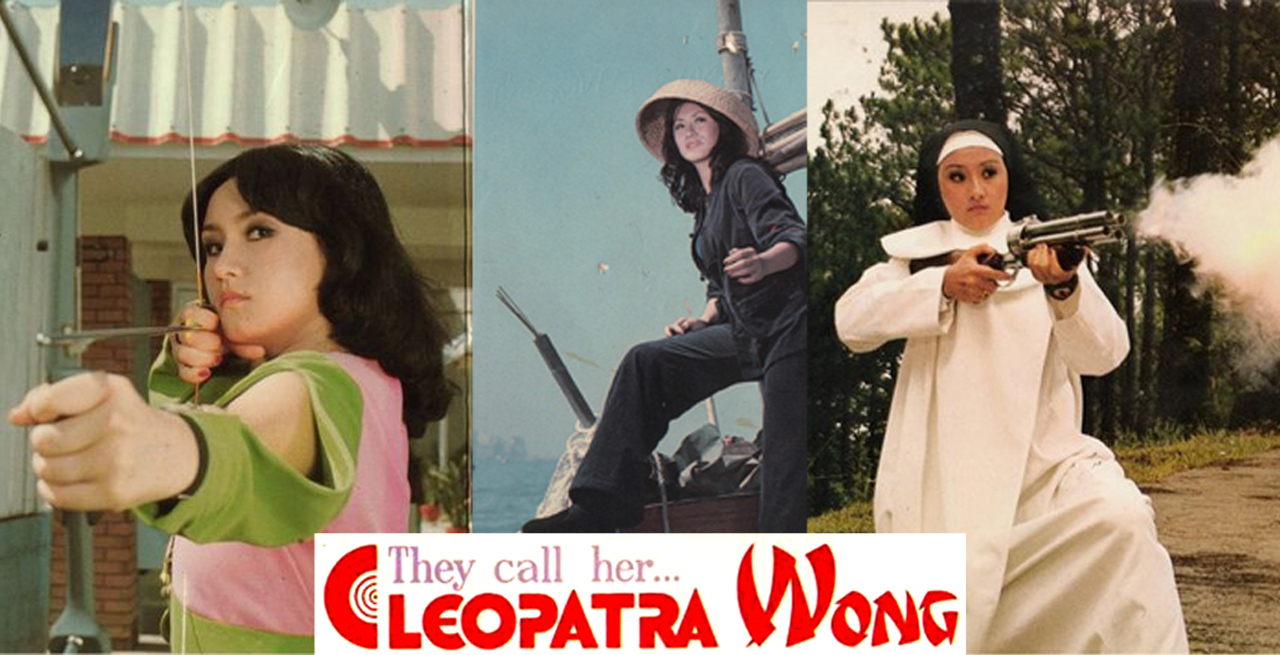
Whilst Wong is a very common name in Singapore and China, Cleopatra certainly isn’t! The name actually reveals the main inspiration for this film: the blaxploitation heroine – CIA agent Cleopatra Jones. In a glut of murky blaxploitation films, where, despite their roles as the heroines, female characters were often victimised and objectified, Cleopatra Jones really went against the grain in this regard. With the film given a lighter, action-focused tone, the Amazonian Tamara Dobson (credited by the Guinness Book of World Records as the tallest ever leading lady) imbued her character with cool confidence and an air of invincibility which at the time was only really afforded to male heroes. Too often in these so-called “feminist” exploitation films was a woman’s sexuality portrayed as a weakness – whilst a male hero could roll with the punches, their female equivalent was seemingly never more than two steps away from being r*ped.
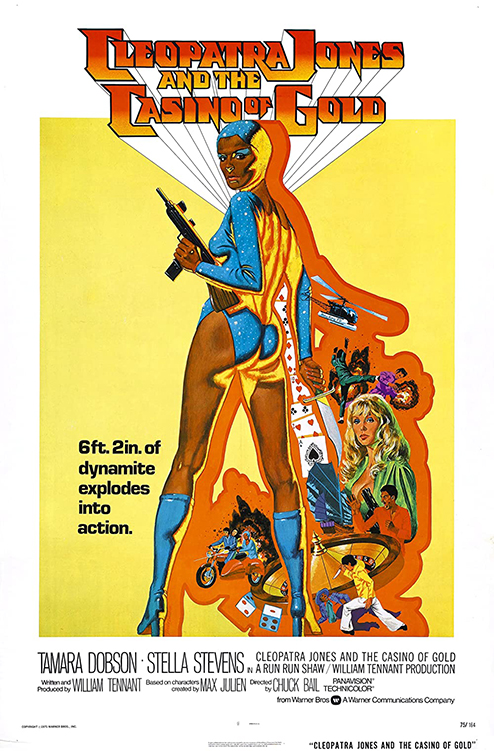
Cleopatra Wong takes most of its inspiration from the second Cleopatra Jones film, Cleopatra Jones and the Casino of Gold, where the CIA agent is sent to Hong Kong to track down her two missing fellow agents who disappeared when investigating an international drug ring. There also seems to be a certain amount of inspiration taken from the similar, but much lower budget, TNT Jackson. Filipino producer and writer Bobby A. Suarez made his directional debut with Cleopatra Wong. With his early career spent in Hong Kong producing and localising martial arts films for an international audience, this previous experience mixed with the inspiration from films such as Cleopatra Jones definitely gives the film a unique feel compared to the American films at the time which were attempting to incorporate the tropes, themes and action from Asian martial arts cinema.
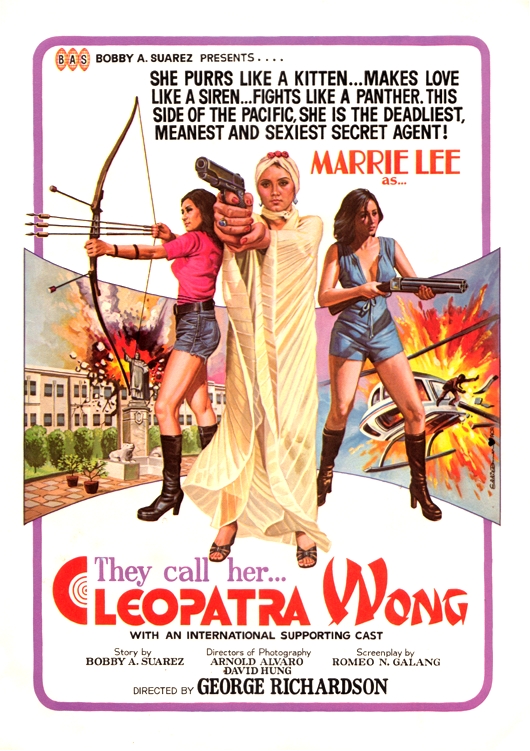
When counterfeit money is found to be flooding several Asian countries and threatening to tank their economies, there is only one person for the job: Cleopatra Wong (Marrie Lee), the beautiful but deadly Interpol agent. With an opening montage, Cleopatra is introduced as a skilled motorbike rider, a crack shot with a bow, a deadeye with a pistol, a formidable martial artist, a cool cat able to boogie on down with the best of them at a disco, and last but not least, dynamite between the sheets.
Cleopatra’s mission starts in her native Singapore where she hatches out a plan to track down the criminals behind the counterfeiting racket. By splashing large wads of this counterfeit cash around a luxury department store she hopes that this will grab the attention of the counterfeiters and they will go to the effort of hunting her, rather than vice versa. After being arrested for using counterfeit cash, she is quickly bailed by the criminals so they can find out just how Cleo ended up with so much of their money. What they didn’t count on was Cleo’s deadly fists as she beats and kicks her assailants into submission, eventually taking down the Singapore arm of the operation, and valuably learning that the money was being transported there via Hong Kong.
After travelling to Hong Kong and receiving a tip-off from a dock worker about some suspicious shipments of strawberry jam, Cleo finally has a solid lead to investigate. After yet more high kicking action, this time with Hong Kong gangsters, Cleo tracks these jam shipments to the Philippines. Once in the Philippines she poses as a journalist and learns that there is only one place capable of producing such jam on a large enough scale to hide counterfeit money in the jars – a monastery! It is clear that things aren’t quite as holy as it seems when she is abruptly chased off by some nuns for simply approaching the monastery. With some further investigating, this time via helicopter, Cleo discovers her suspicions were indeed correct when she spies in one photo that the nuns are hiding automatic weapons under their habits. She knows she is definitely onto something when three armed thugs burst into her apartment, more than willing to shoot her to obtain the negatives. With all the evidence needed for a warrant, she finally assembles a small team of combat experts ready to launch an all-out assault on this dodgy monastery and its poisonous padres.
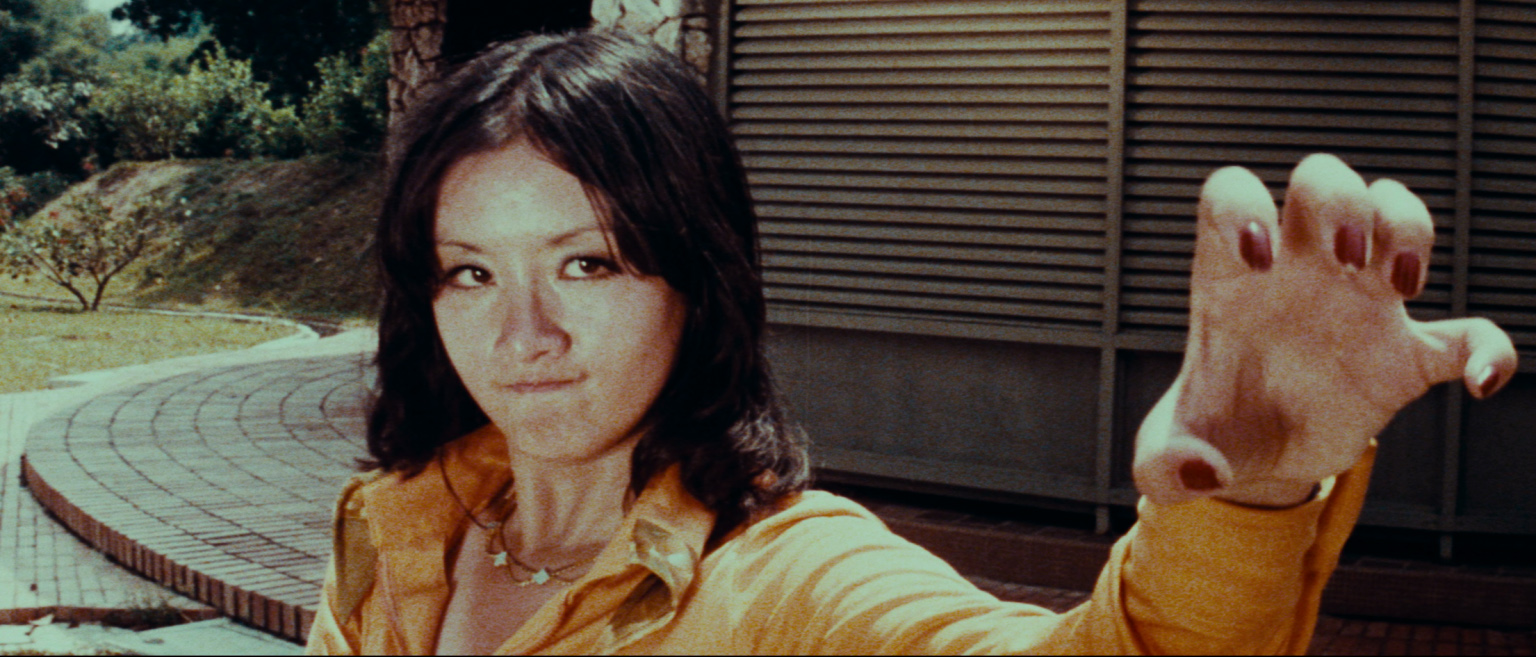
When it came to casting the lead role in his film, Bobby A. Suarez decided to put out a newspaper ad reading “Are you smart, sexy, and seductive?” After showing up to the casting wearing a miniskirt and go-go boots, newcomer Marrie Lee beat over 200 other applicants to the role. It is hard not to be apprehensive after knowing two of the three requirements for the character were “sexy and seductive” — after all, exploitation action films of this type weren’t known for treating female characters with respect, and more often than not, the caveat was: the lower the budget, the fewer clothes they are expected to wear. Cleopatra Wong, however, is the exception to this rule — not once is there a leering male gaze shot, nor does Cleo wear skin tight or skimpy fetishised outfit. Throughout the film, Cleo outsmarts and outfights her male foes, and never once does her gender compromise her character. However the film doesn’t merely resort to portraying Cleo as asexual, in fact, a couple of scenes seem to put Cleo in the role of the James Bond-esque, sexual aggressor archetype where she is more than happy to abandon her toyboy in bed when she’s finished with him and duty calls.
Despite her only prior acting experience being a single brief role, Marrie Lee absolutely steals every single scene. Even though she is an amateur, it is clear that she has thrown herself into the role and her commitment to the character is plain to see — Marrie Lee is Cleopatra Wong. Her performance of Cleo is dripping with charisma as the confidence and exuberance that make her such a formidable detective also make her endlessly endearing to the audience. Unfortunately, with so much confidence and a general happy-go-lucky attitude, there is a certain amount of toughness lost in the character. Admittedly the script is fairly tongue-in-cheek, seemingly aiming for a tone similar to James Bond à-la Roger Moore, and whilst it is plain to see how dangerous Cleo can be, her overall attitude at times makes it seem more like she is on some kind of vacation rather than a dangerous top secret mission.
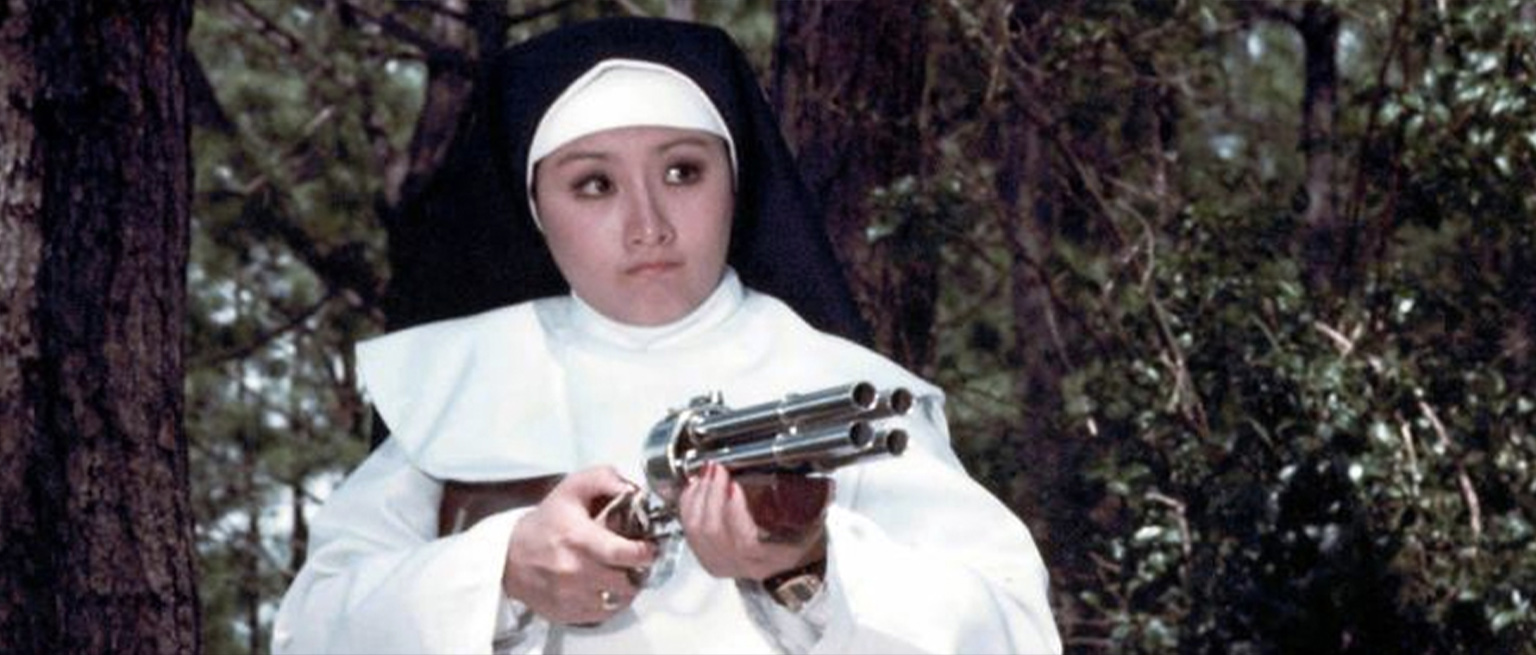
Whilst Marrie Lee had little to no experience in martial arts she is still able to pull off some bombastic high kicks; the fight scenes in general are of a decent pace and well choreographed. Director Bobby A. Suarez’s roots in HK cinema clearly rubbed off on him and he is able to deftly frame and edit the fight scenes in a way that greatly flatters Lee’s somewhat basic fighting skills. Despite the low budget, the film is extremely well directed and feels less of an imitation of spy thrillers and instead an earnest entry into the genre. The film makes sure to take advantage of its Singapore, Hong Kong and Philippines locations with plenty of wide atmospheric shots very much invoking the feel of a top-tier international spy thriller.
The film is not without its faults, however, and the story ultimately exists as little more than an easel on which to hang the series of action scenes. Whilst not overly complex, there is more than enough potential to expand upon and showcase some more of Cleo’s detective work and pace out the constant action. It has to be said although most of the direction serves the film very well, there is a real issue with editing. Long, drawn-out scenes seemingly pad the runtime to excess, with one particularly egregious example being the entire 4 minutes dedicated to showing in painstaking detail each of our characters climbing up the side of the monastery with a rope. It has to be noted that the VHS version, the only source currently available in which to view the film, is 20 minutes shorter than the theatrical version, so it is likely that slower scenes were cut in favour of the action.
Cleo sadly goes largely missing for the final section of the film. After assembling a crew of four men to help her attack the monastery the camera soon drops her in their favour. It is a shame that a film which so brilliantly introduces the character of Cleo and has her largely operating solo for most of the runtime would so quickly shift focus away from her. Instead of spending time showing Cleopatra’s final showdown the finale is mostly spent watching her team gun down wave after wave of baddies in excess. Fortunately, Cleo does get a few standout scenes to show off her skill with a gadget-packed motorbike and a bow, although it all feels somewhat pushed to the side in favour of showing men running around with machine guns – an all too typical sight in budget action flicks.
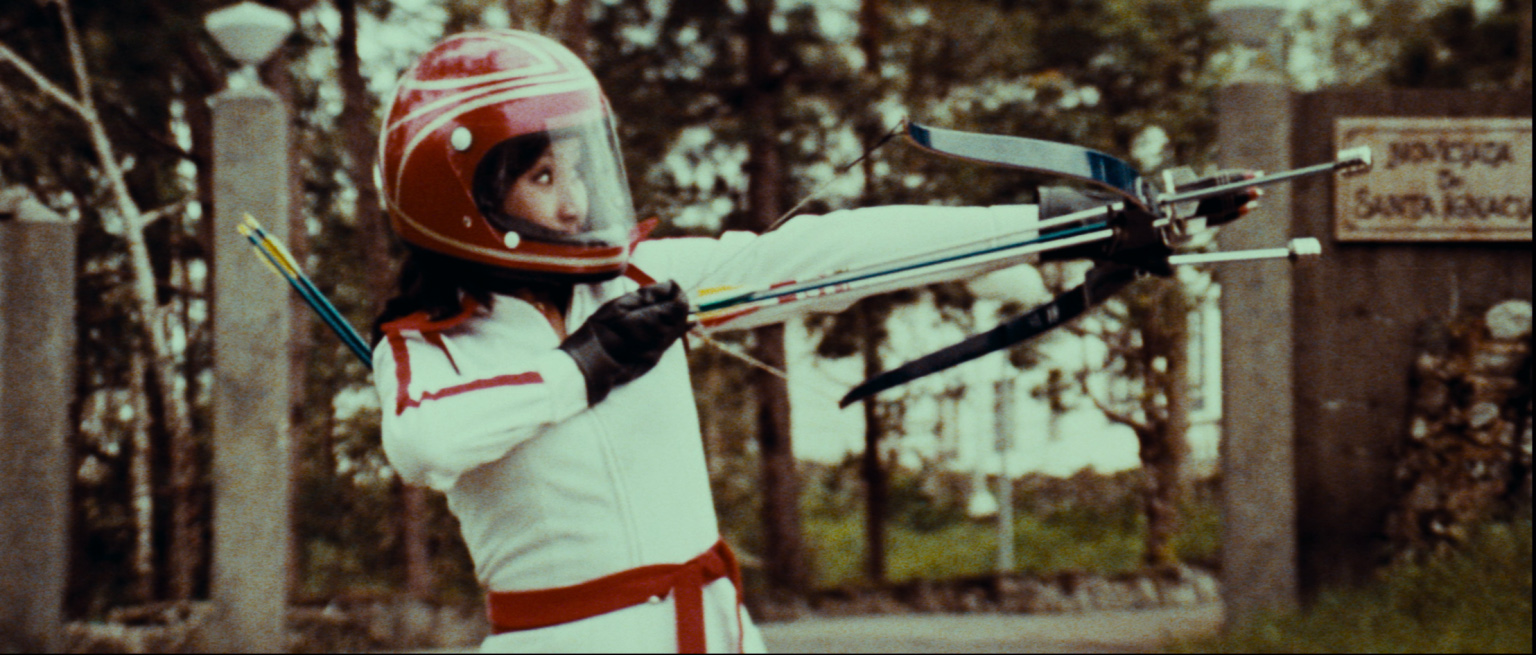
Quentin Tarantino has stated that Cleopatra Wong was a major influence in creating Kill Bill. Whilst the characters of Cleo and Kiddo don’t seem to have much in common apart from being badass women, it is perhaps the genre of the film where the comparison to Kill Bill is most clearly seen. In many ways, Kill Bill is the mirror image of Cleopatra Wong. Bobby A. Suarez was already experienced in Asian martial arts action cinema and sought to bring some international flair to proceedings through the inspiration from Cleopatra Jones and other American exploitation films. Tarantino is very much the same but opposite – a filmmaker highly familiar with American exploitation cinema wanting to bring an Asian twist to the mix in order to pay tribute to martial arts action films that he loves.
The character of Cleopatra Wong would appear as a side character in two more films by Bobby A. Suarez – Dynamite Johnson & Devil’s Three. Marrie Lee was even offered an extensive film deal but turned it down to instead play the lead role in Hollywood’s Charlie Chan’s Number One Daughter which would have introduced her to an international audience; sadly the film never came to fruition. Despite not making much impact upon its release, Cleopatra Wong has enjoyed a cult following over the years and it is far from dead. After the passing of Bobby A. Suarez, the rights for the character fell into the safest pair of hands possible – Cleopatra Wong herself, Marrie Lee. Lee has since moved behind the camera and now has her own production company and is an accomplished director in her own right. There are currently talks of rebooting Cleopatra Wong as a TV series, so hopefully, we will see Singapore’s most badass detective return to our screens in the next few years! Marrie Lee is active on Facebook and often enjoys sharing her fascinating memories from back in the day – definitely feel free to give her a follow!
More film reviews
Jigoku narrates the tragedy of unatoned wickedness with poetic piquancy, proving that Japan and horror are efficacious accessories that constantly innovate cinema. As expected from the monumental master of Japanese… Italian Giallo cinema holds a special place among horror fans and cinephiles alike, myself included. Consequently, anytime a production tries to harken back to the era of black glove wielding… “Southold, New York, 1843: Young Mary (Stefanie Scott), blood trickling from behind the blindfold tied around her eyes, is interrogated about the events surrounding her grandmother’s death. As the story… Andy, A wannabe YouTuber decides to head out and visit an old friend Bryce in an attempt to find out why he abandoned their prank channel, “Mean Spirited”, when he… Do Not Watch is a 2023 American found footage horror film, written by Ryan Toyama and directed by Justin Janowitz. Ryan has spent most of his writing career working on… Tammy lives a regular teenage life, with an overbearing bible-thumping mother-in-law who hates filth and a father who would do anything for her daughter, whether it be beheading a donkey…Jigoku (1960) Film Review – A Hellish Tour de Force
Nightmare Symphony (2020) Film Review – Visions of Giallo
The Last Thing Mary Saw (2021) Film Review – Religious Horror
Mean Spirited (2022) Film Review – Yes Today Satan
Do Not Watch (2023) Film Review – Avert Thy Gaze [Unnamed Footage Festival 7]
Blonde Death (1984) Film Review – Zed Grade John Waters [Fantastic Fest]

Hi, I have a borderline obsession with Japanese showa-era culture with much of my free time spent either consuming or researching said culture. Apparently I’m now writing about it as well to share all the useless knowledge I have acquired after countless hours surfing the web and peeling through books and magazines.
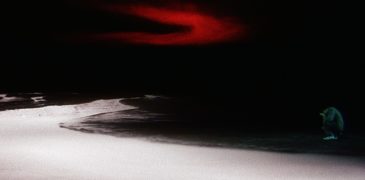

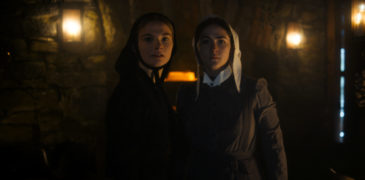
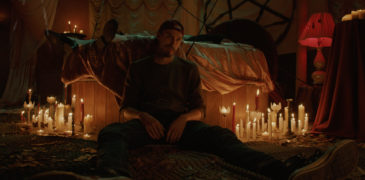
![Do Not Watch (2023) Film Review – Avert Thy Gaze [Unnamed Footage Festival 7]](https://www.grimoireofhorror.com/wp-content/uploads/2024/03/Do-Not-Watch-2023-transformed-365x180.jpg)
![Blonde Death (1984) Film Review – Zed Grade John Waters [Fantastic Fest]](https://www.grimoireofhorror.com/wp-content/uploads/2023/09/blonde-death-film-review-365x180.jpg)